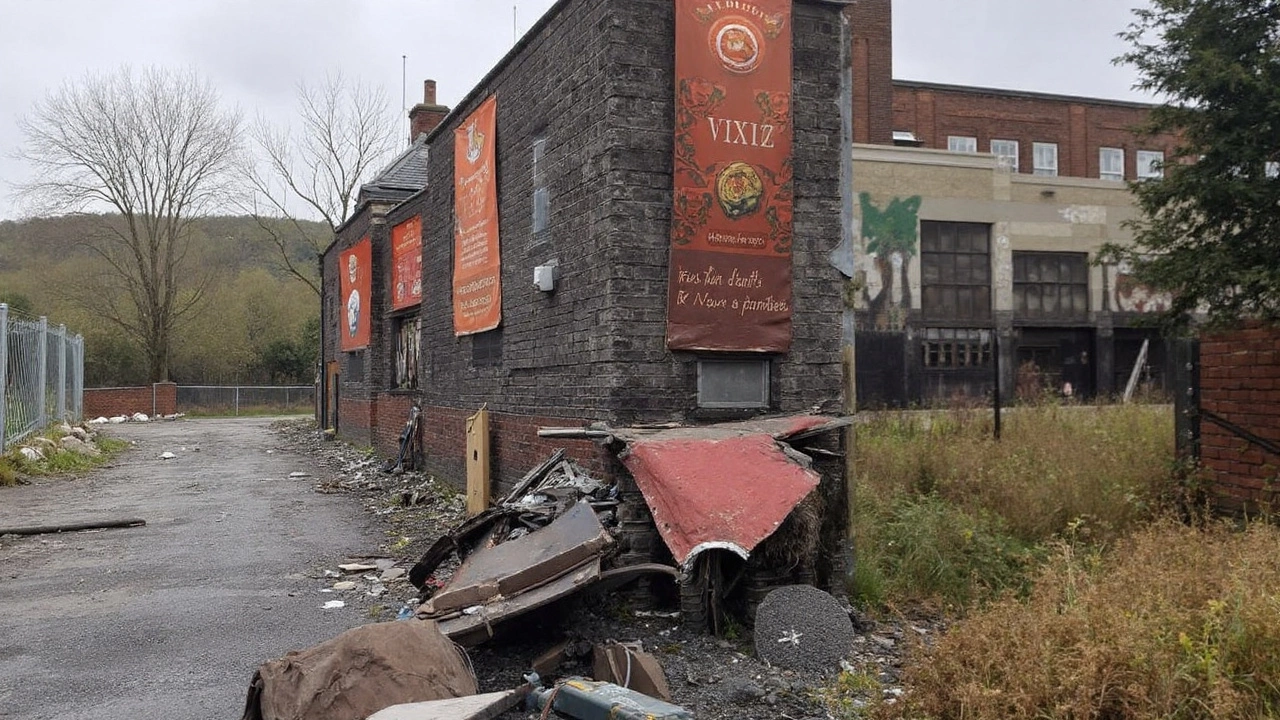Cardiff redevelopment: what’s happening and why it matters
When talking about Cardiff redevelopment, the large‑scale overhaul of the city’s built environment, including new housing, office blocks, public spaces and transport links. Also known as Cardiff regeneration, it aims to boost the local economy and improve daily life for residents. Cardiff redevelopment is more than a construction push; it’s a coordinated effort that touches many parts of the city.
Urban planning and landmark projects
The backbone of any city makeover is solid urban planning. In Cardiff, planners are drawing up mixed‑use neighbourhoods that blend homes, shops and green zones. One flagship site is St. David’s Stadium, a new sports and events venue that will host football matches, concerts and community gatherings. This stadium represents a classic case where "Cardiff redevelopment encompasses stadium construction" – the stadium not only attracts fans but also triggers surrounding retail and hospitality growth.
Urban planners also stress pedestrian‑first streets, which means more walkable zones and fewer car‑dominant corridors. The shift to pedestrian‑friendly design connects directly with "improved transport infrastructure influences economic growth in Cardiff" – people can move around easily, spend more time in local shops, and boost the city’s bottom line.
Another key piece is the creation of affordable housing units built to modern sustainability standards. These homes help keep young families in the city, supporting a stable population base that fuels local services.
Across the board, the planning department works hand‑in‑hand with architects, developers and community groups to keep the vision realistic and inclusive.
Transport upgrades are a must‑have for any large‑scale urban change. The Transport for Wales, the public body that plans and runs rail, bus and metro services across the region, is rolling out new tram lines and expanding train frequencies to the city centre. This effort shows that "Cardiff redevelopment requires investment in transport" – better connectivity shortens commute times, reduces traffic congestion and makes the city more attractive to businesses.
New cycle lanes and upgraded bus corridors are also part of the plan, encouraging greener travel choices. The public transit boost dovetails with the city’s climate goals, cutting emissions while giving residents reliable alternatives to driving.
Economic impact is a major driver behind the push. The Welsh Government, the devolved administration responsible for funding and policy in Wales, is channeling billions of pounds into the redevelopment programme. Their support illustrates the semantic link "Cardiff redevelopment requires investment from the Welsh Government" – without that backing, many of the large projects would stall.
Early data from similar projects shows that every £1 of infrastructure spend can generate up to £3 in local economic activity. New office spaces are already attracting tech firms, while upgraded retail districts are seeing higher footfall, translating into more jobs and tax revenue.
Community projects add the human touch to the transformation. The waterfront area known as Cardiff Bay, a redeveloped dockland that now hosts restaurants, cultural venues and leisure facilities, is being further expanded with new parks and public art installations. This shows that "Cardiff redevelopment influences community wellbeing" – residents gain new places to relax, socialize and exercise.
Local charities are also involved, ensuring that new public spaces are accessible to all ages and abilities. Youth programmes linked to the stadium and bay areas give kids constructive ways to spend their free time.
All these threads—urban design, transport, funding, community – weave together to form a coherent picture of a city in motion. The ongoing changes are not isolated; they reinforce each other, creating a virtuous cycle of improvement.
Below you’ll find a curated list of posts that dive deeper into each of these areas. Whether you’re interested in the latest stadium plans, transport upgrades, funding announcements or community stories, the collection gives you a practical snapshot of Cardiff’s transformation right now.

